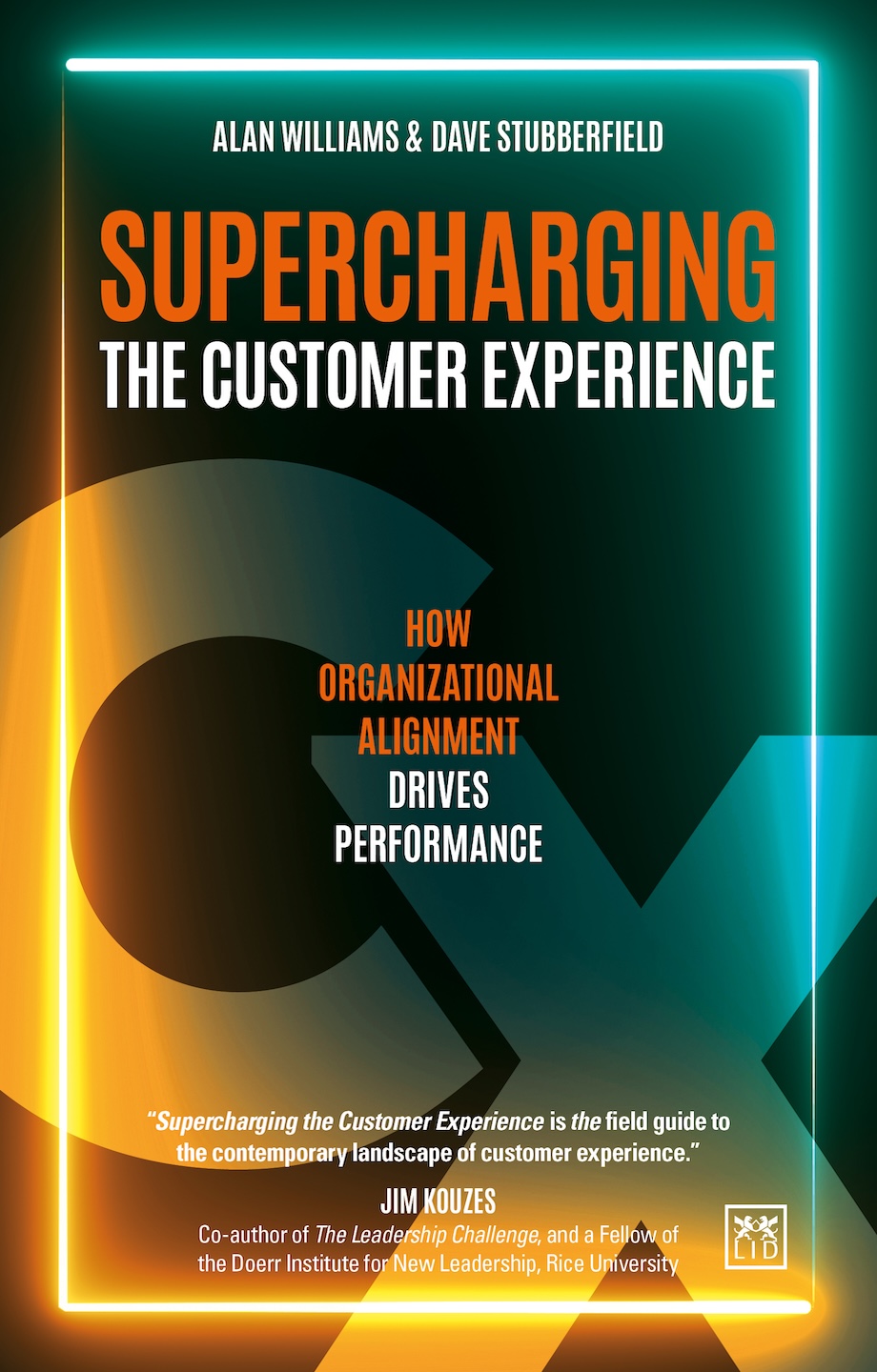
Busting the following myths-
MYTH 1: Customer experience is the same as customer service.
MYTH 2: Customer experience is the responsibility of the CX function.
MYTH 3: Customer experience is only relevant for B2C companies.
MYTH 4: Investment in customer experience is an optional extra.
MYTH 5: AI and data are the future of customer experience.
Log In or become an AIMA member to read more articles
